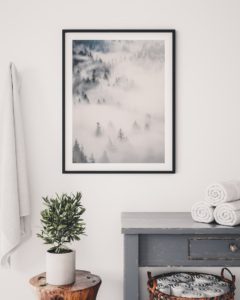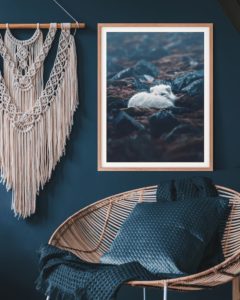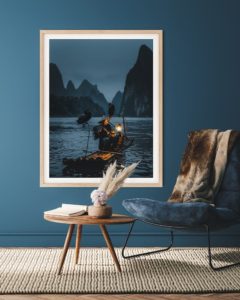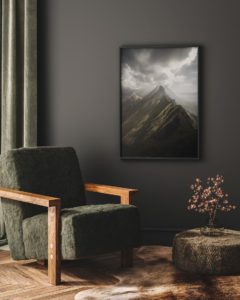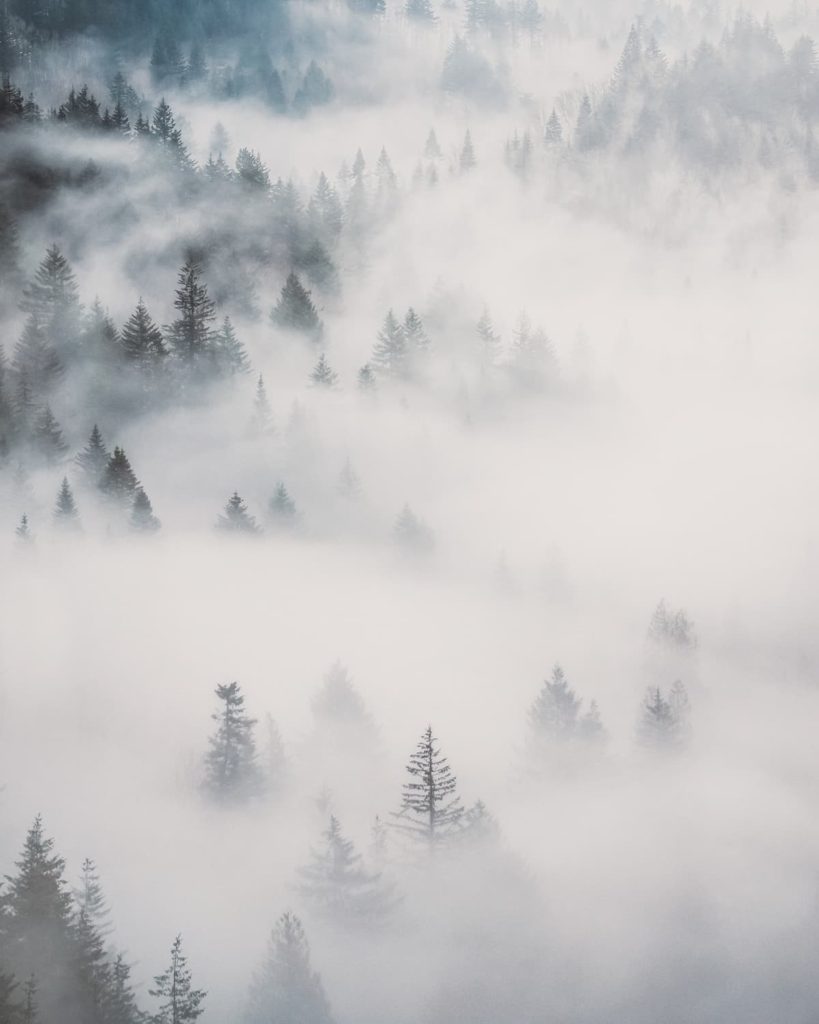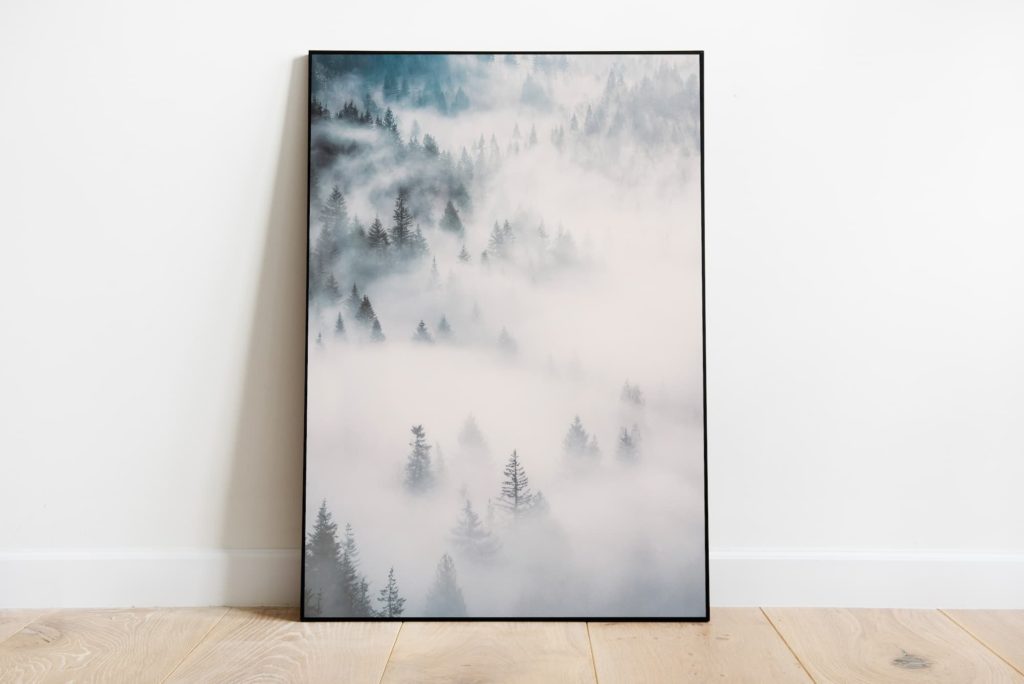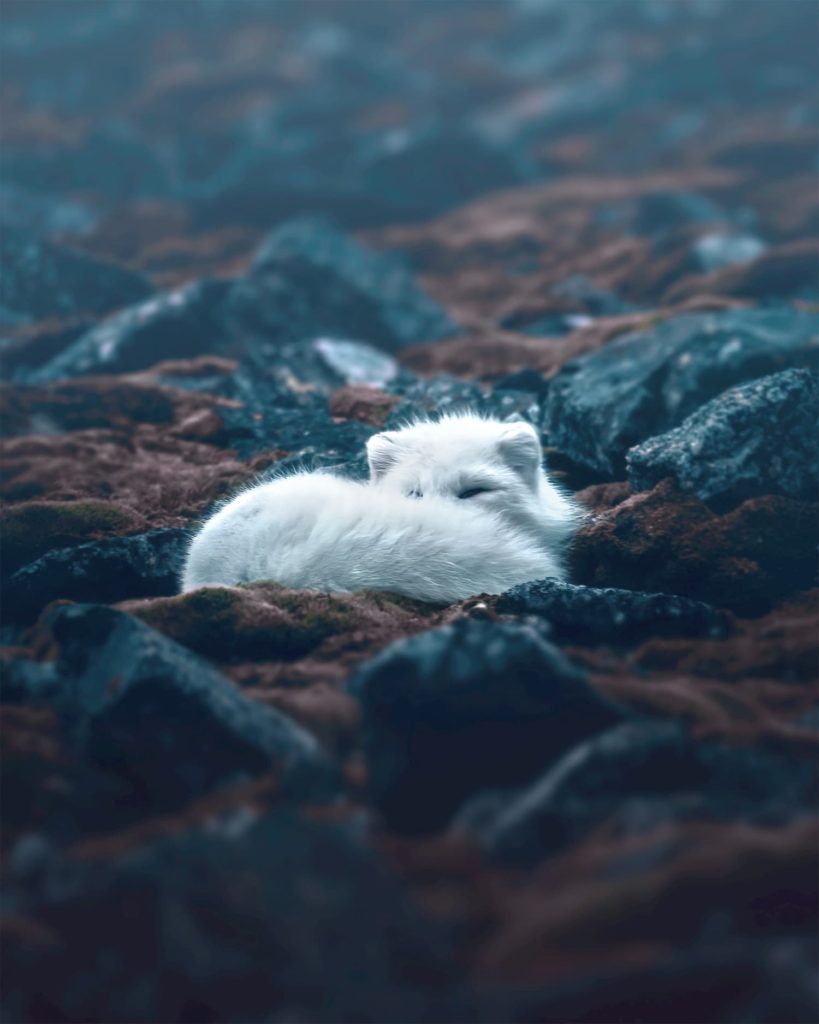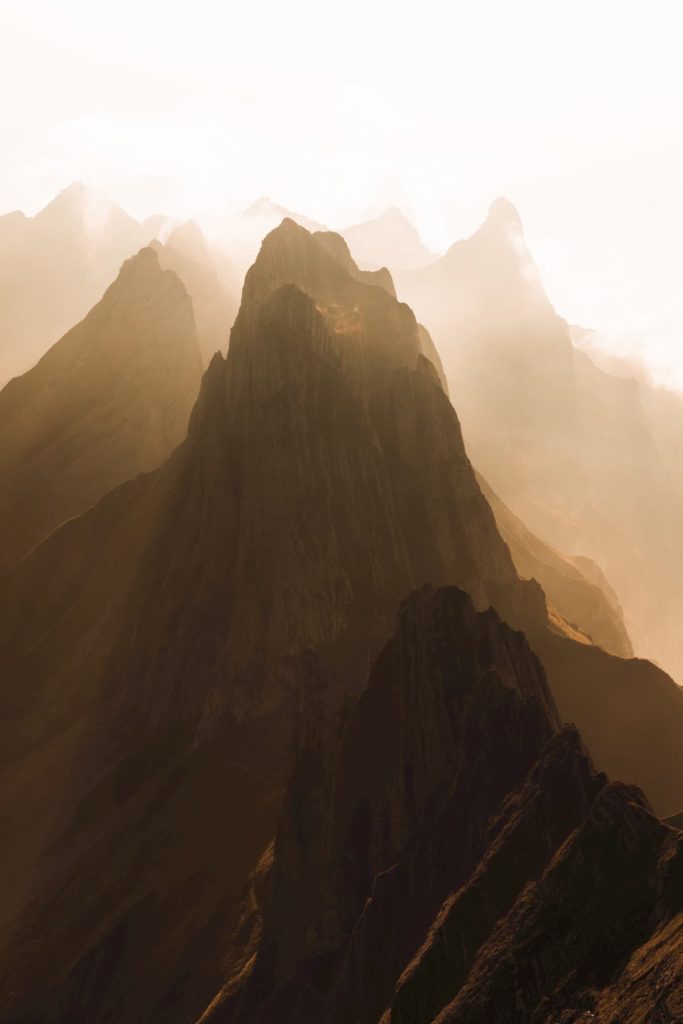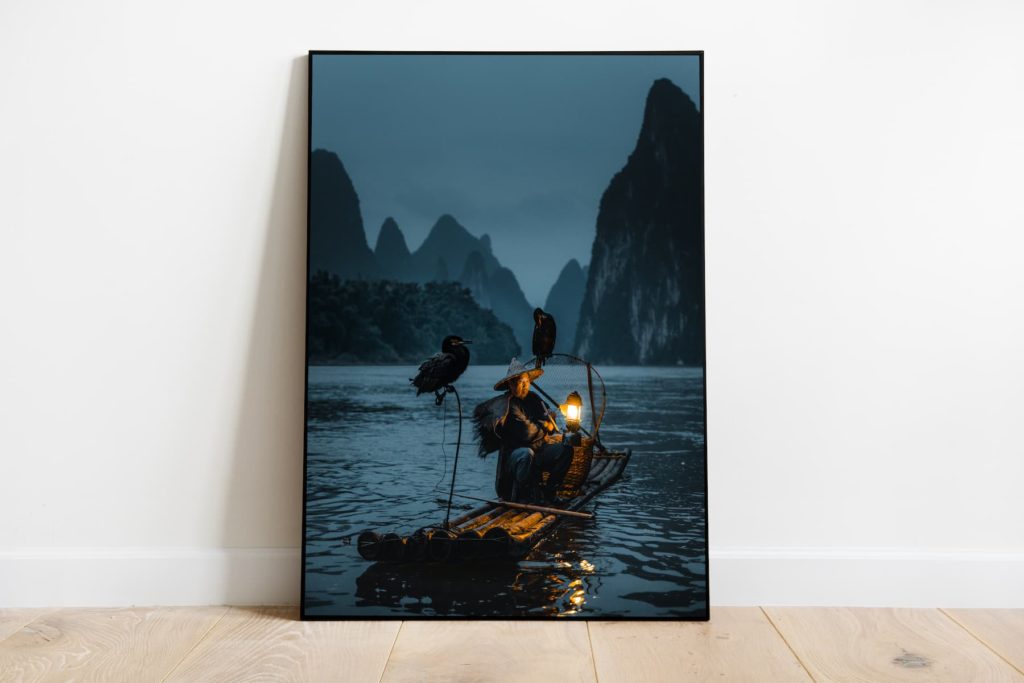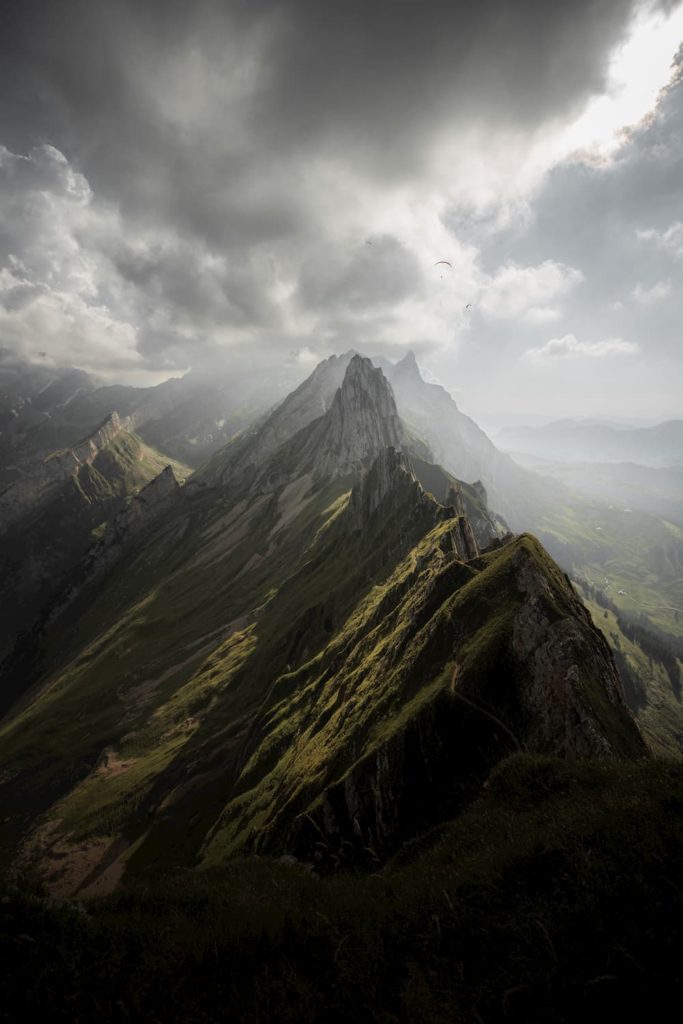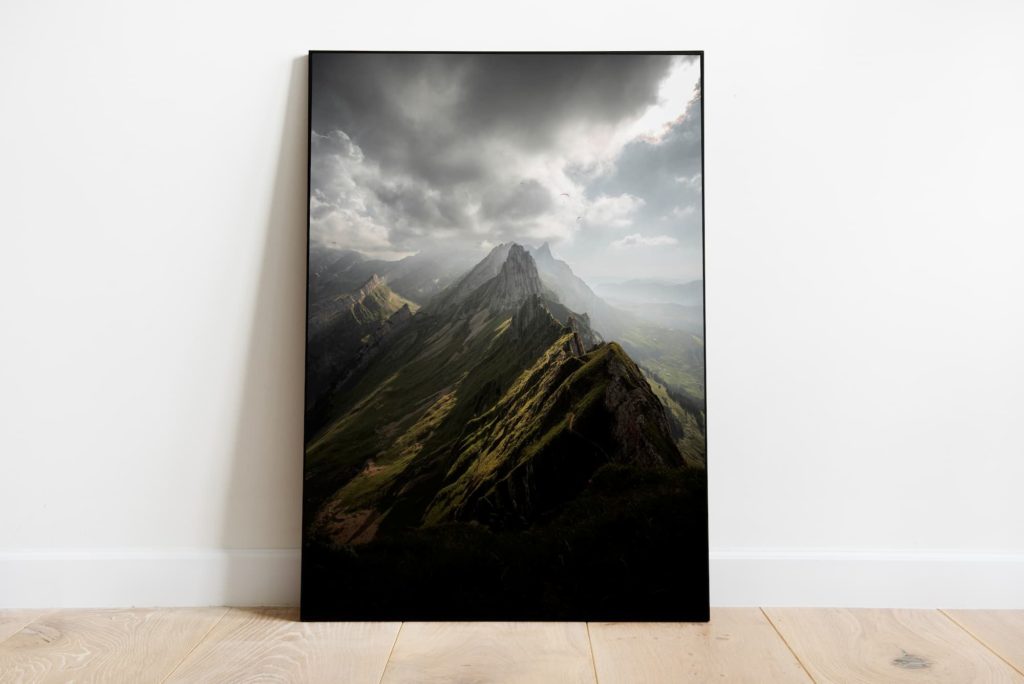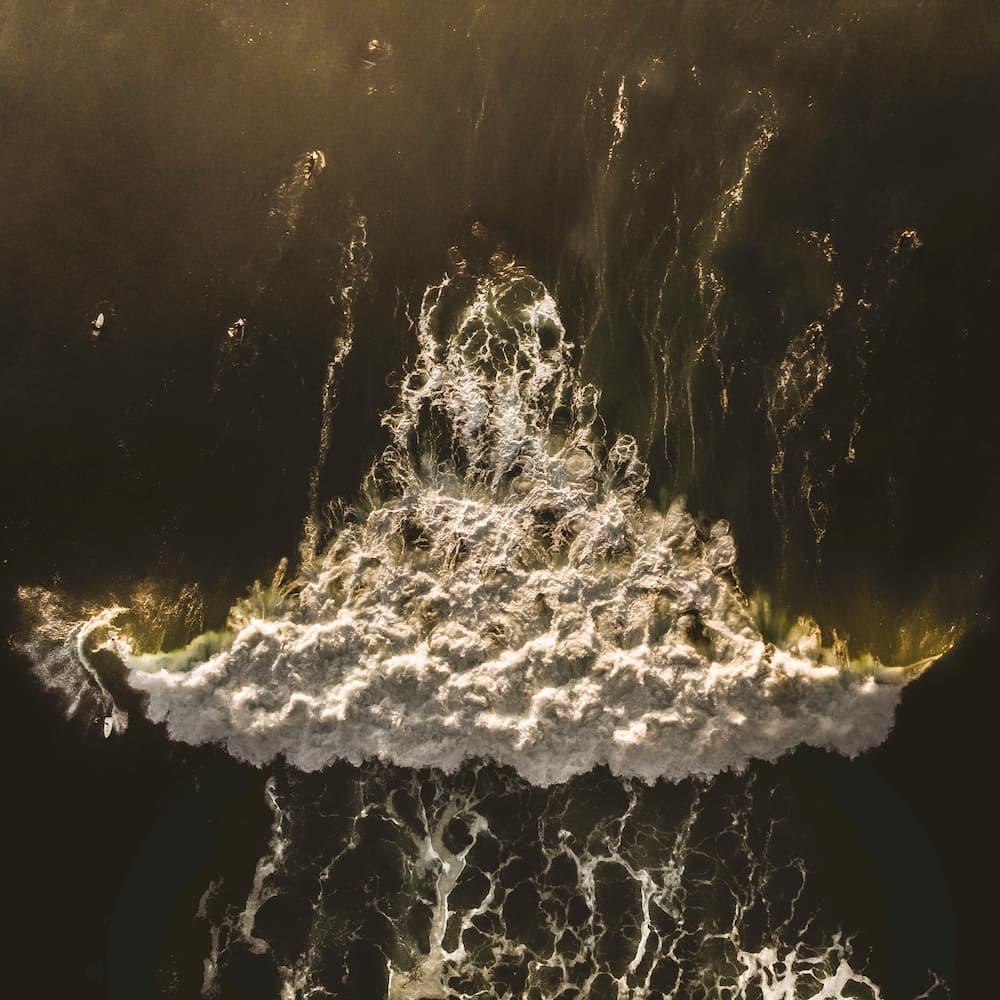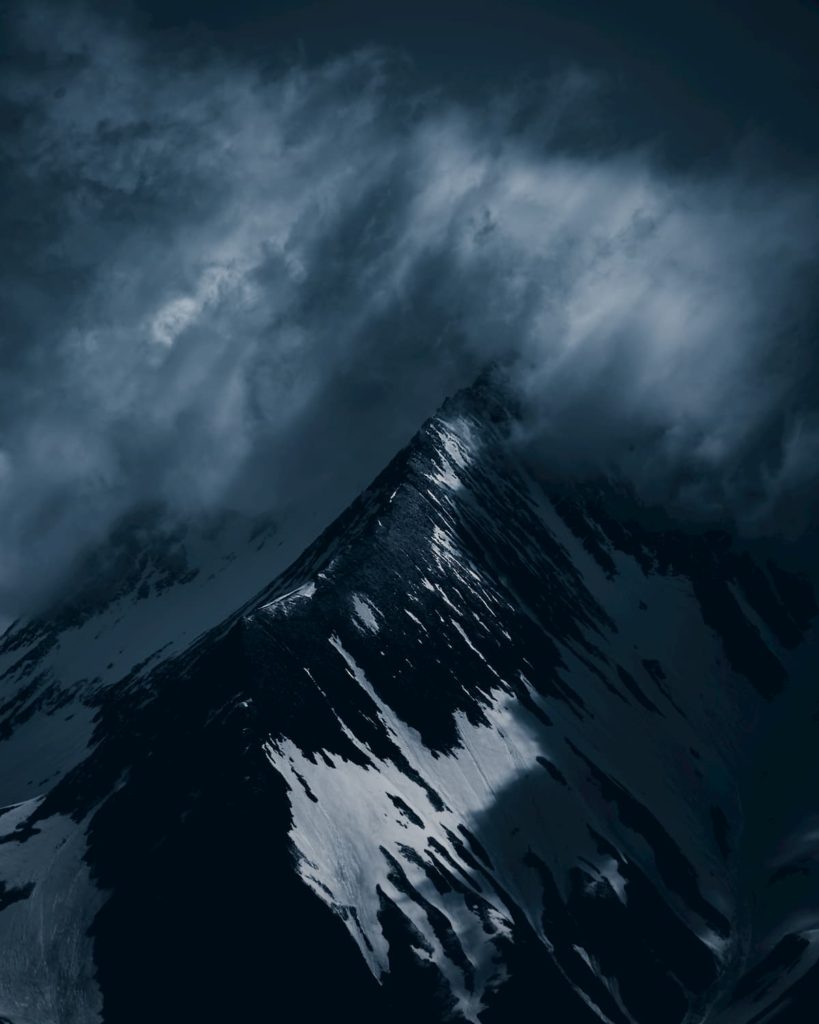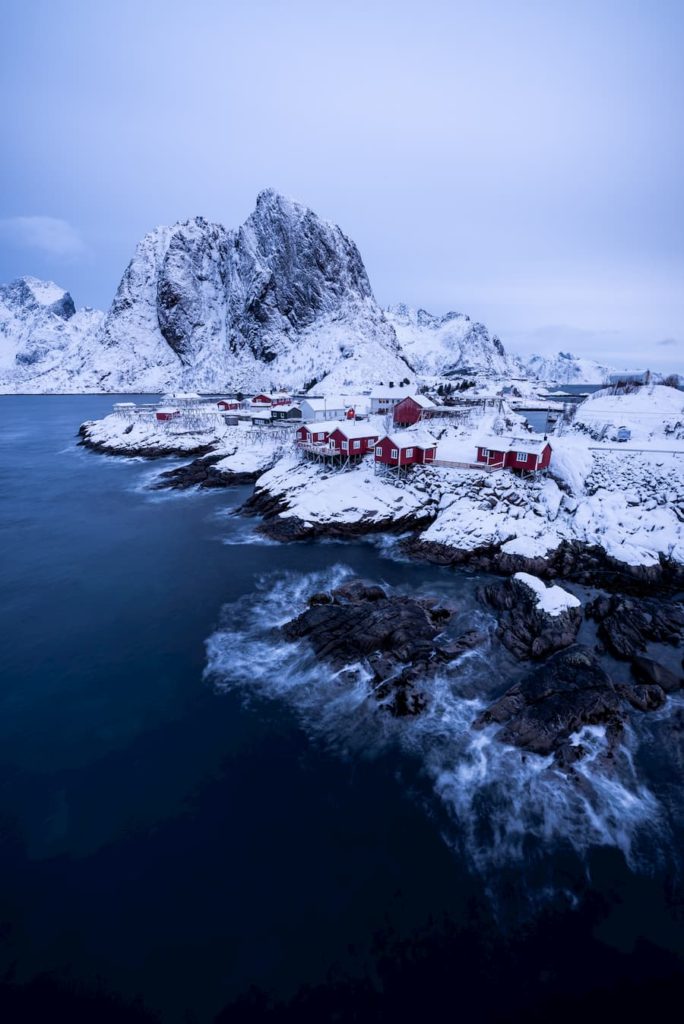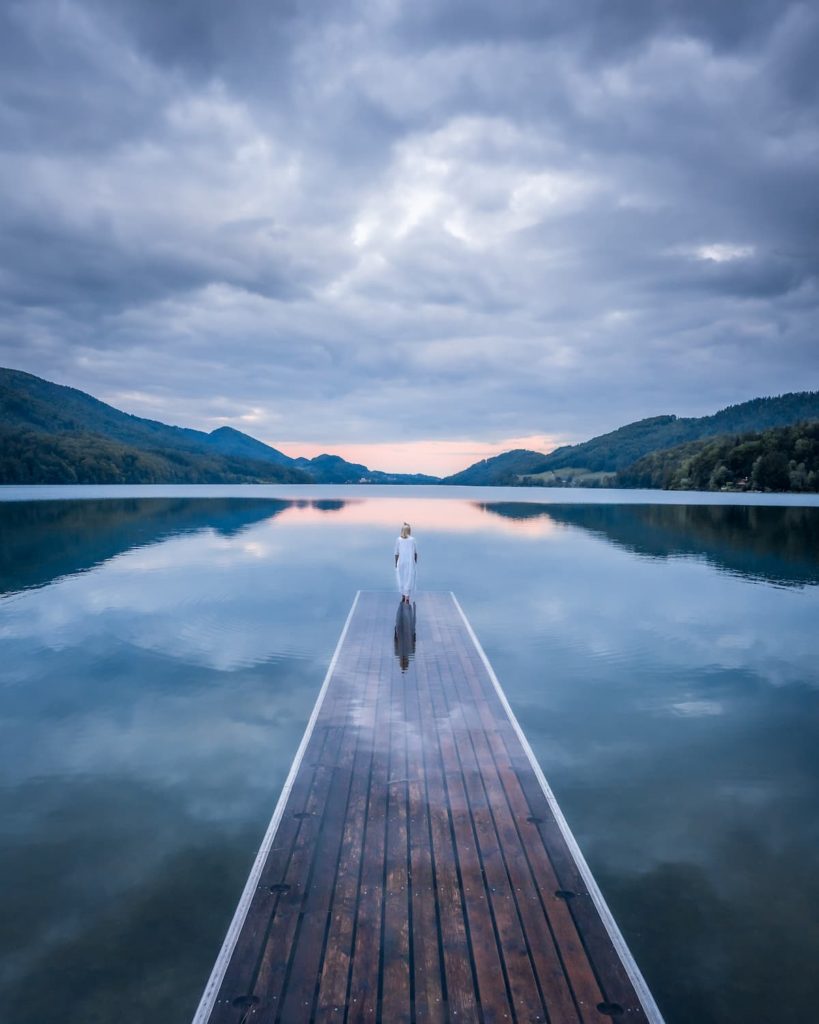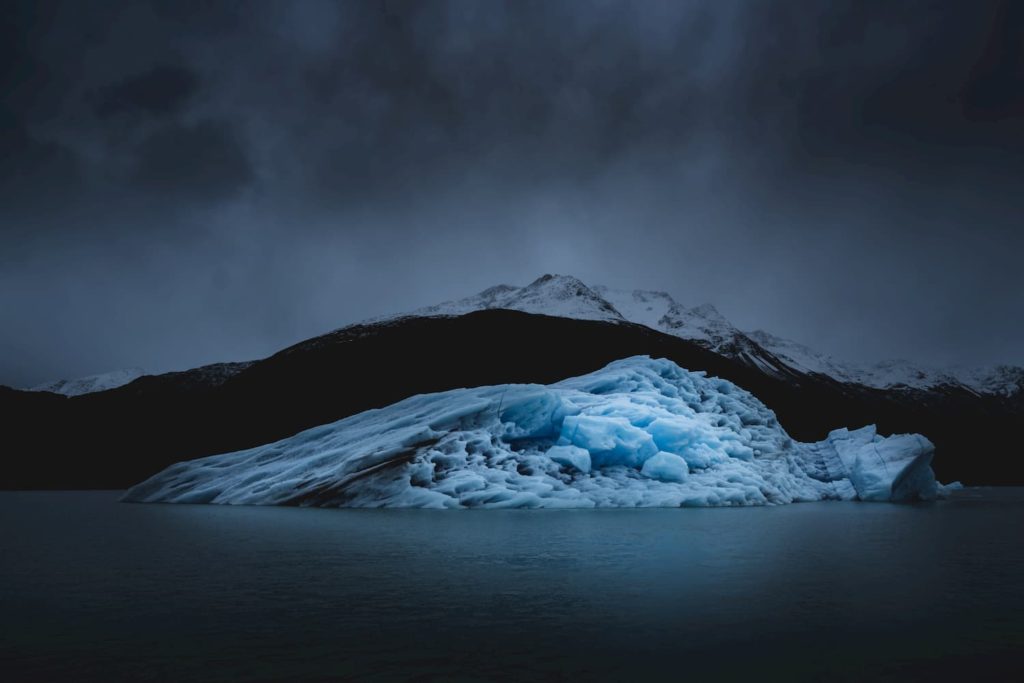
The fascinating perspective
of an artist
Nomadict Art Gallery
During the last year, we have had the great honor to meet and work closely with so many talented photographers. Inspired by the stories we created together and largely thanks to your support, we created Nomadict’s first magazine which is now being printed! To celebrate this special moment with all of you, we decided to put together a giveaway!
Also, to live up to our motto of always bringing you inspiration and learning, these six talented creators wrote down the story, the vision, and the editing process behind the photo. Their explanation being rich in detail, we hope you can get an idea of the creative and adventurous process each artist went through to achieve these results, and we invite you to take a moment to observe the artworks and imagine yourself being there.
If you want to win one of these prints, you can read here how to participate!
Some time ago, on one of the most amazing foggy mornings we had had in a long time, I went to visit and shoot in Silkeborg, Denmark. It is the largest nature area in the entire country and it is not so far from Aarhus, where I live. I had been to this place a few times before but never really shot anything really great, even though the landscape is truly amazing. It’s a landscape that would create a perfect scene in foggy weather so I kept coming back in the hopes of getting some fog. This time, the weather forecast was right, and I was lucky.
I think it was around 6 or 7 o’clock in the morning that I took this photo. The fog was really thick and just allowed some of the trees through. I tried to find a composition where the fog hovered around the trees, hiding some and revealing others. I wanted to catch that moment where, on the photo, you would be able to imagine the quick movement of the fog, finding its way through the forest and leading the viewer through the image. The composition is simple and to me it works well for these kinds of photos. Only the fog and the trees in a glowing landscape already gives an amazing depth and dreaminess to the image, something I really love about an image in general.
Finally I got a shot I had wanted for so long, and I just stayed there for hours walking around, just relaxing and enjoying being there.
Once home, I didn’t do a whole lot of editing to this image before I felt it was ready. I wanted to bring some cool tones and softness to the image so as to make it fit with my style and color tones, which I would describe as a mix of warm and cool tones but with a high level of softness in them. Even with a “cold” image, I feel I add warmth to it because of the smooth and soft edit I apply. It’s a style that I have slowly and naturally found over time. It is this soft look and feel that I really love – to me that brings more emotion into an image.
With the edit I also tried to bring back the feelings the scene gave me when I was there and translate them into the image, emphasizing the moodiness and softness at the same time. Despite having been there a lot, the same scene still surprises me every time depending on the conditions.
"And while editing, I also tried to use my gratitude for being able to go out to places like this one and do the thing I love - to photograph."
The most important lesson I have learned from this photo is to keep coming back to a location at different times of the year, even when you end up leaving without any images “good enough” for your portfolio.
At the beginning this was really hard for me to come to terms with. When spending days planning, researching, and scouting the internet for inspiration, only to find the conditions not being the right ones for the image you were hoping to come home with can be extremely frustrating. As a person not making a living from taking photos, and not being able to go out every morning/day until you get the right image, it can also be demotivating at times. But then, sometimes you take an image that proves your thoughts to be wrong, and it will become an image you think back on to remember yourself of surprising opportunities.
Keep going out, keep visiting that place you have in mind. There will come another great sunset, the fog will come again. Even when you don’t get the image you were hoping for three outings in a row, you will at some point. You will – as long as you don’t give up and find value in every outing also beyond getting that one photo.
This photo was taken two years ago at Étretat, in Normandy, France, which is about two hours by car from my house. It’s a place that I love going back to whenever I have the need to recharge my batteries; here I can breathe the fresh sea air, and admire the sea and its magnificent cliffs. As I had just gotten a new camera and I really wanted to test it, I decided to discover the coast of Normandy close to Étretat.
I was extremely happy to explore my new camera – like a child in awe of her new toy – and very proud too, to have been able to offer it to myself. This photograph marks a kind of tipping point in my photographic journey, it represents the beginning of a new page that was about to be written. So it is a photo with a high symbolic value for me.
"When I took the photo I felt serene, because I was invigorated by the sea air and moved by the always beautiful landscapes of Étretat."
In my opinion, the scene tells a story and somehow conveys poetry. That’s what makes it photogenic. The elements within the photo create a togetherness that just feels right: air and water come together and become one through the sky and the sea.
I love minimalist and pure images, so I chose a simple composition, with just a few elements in the photo. I wanted to convey the grandness of the cliffs; the birds help with this as they seem so small next to them. The angle the photo is taken from and the close-up adds to that too, while at the same time, it allowed me to show the natural material and structure of the cliffs.
While contemplating the scene, I imagined how the cliffs were giant legs, strolling relaxed along the shore to enjoy the calm and sunny winter day. With this composition I could also illustrate this story I imagined. The birds flying on the right outline the direction the giant is taking. Like the birds, he is heading to the right, overlooking the beach and the endless sea.
"Serenity and abundance accompany me when I look at the photo now; the feelings I experienced the moment I took it."
That is something I always try to achieve with my edits. I aim to keep as close as possible to reality while still adding my personal touch to the photo. This photograph provokes a peaceful feeling, I believe, because of the blue color that dominates the photo. Blue is a color that inspires calm, peace and freshness. I wanted to amplify those feelings of serenity and “completeness” with pastel tones which, in my opinion, most and best trigger those feelings.
As well as it is one of the first photos taken with my new camera, it is also one of the first that I edited with “my personal touch”, which is ultimately my identity. It took some time to find it and this is another reason why this photo means so much to me. It represents this tipping point I mentioned earlier, the moment I felt I found “my place” within the field of photography. From this moment on I really began to add these soft, pure and comforting colors to my photographs, as well as pastel tones. So with this photo I found my photographic style and identity, in composition and editing.
I could say that this photo also taught me to take my time. To observe what’s going on around me, to pay attention to details and lights, and to deal with these elements and especially to marvel at them, when shooting outdoors. Then, when editing my photographs, to take the time again to obtain the colors that give me emotions, sensations – the colors that correspond to who I am and how I felt.
So this photograph played a big role in obtaining my current creative style, and above all, taught me to listen to myself, and how being your unique self results in a photograph that can truly resemble you.
I had dreamed of going to the Arctic for so long that I really wanted to make every second of my stay in Svalbard count. So I got in touch with a local guide, Oddgeir Sagerup (@seeandexplore), to maximize my chances of encountering wildlife.
When we got to the location, the conditions were the best I could have asked for: moody weather, soft light, and a touch of mist. Oddgeir mentioned that a family of Arctic foxes lived in that area, and that really built up my expectations. And then, just as we were walking, we saw what looked like a snow-white cotton ball on the dark scree not far ahead. We locked our eyes on it and, as it got closer, we realised it was a beautiful and fluffy Arctic fox right there in front of us.
We slowly laid down, trying to be as quiet as possible, while the fox kept sneaking around and smelling our scent in the air, always checking on us to see what we were doing. I can’t tell how long this majestic fox stayed around for, as I completely lost track of time.
"After a while, it ran away and stopped just a few meters away from where the edge of the mist was, and looked back at us once more before curling into a little furry ball."
When I get back from a trip, I don’t usually start working on any of the photographs I took straight away. Unless, of course, I have a deadline. I wait a few days or so to let the experience sink in. There is no rational explanation for this, but it really helps me get the editing right.
Once I’ve made my selection of shots, I start “playing” with them in Camera Raw. I try to see how they respond to specific editing steps, sometimes using a few custom presets.
Once I’ve got a feel for it, I reset all the parameters to default and start with the actual edit. From this point on, I don’t usually use any presets, as each photograph has a different story. And so I work on it in a slightly different way.
"In the case of the Arctic Fox photograph, for example, I really wanted to emphasize the sense of isolation with the cold and misty conditions we had that day."
Also, the contrast between the white fur and the dark rocks was essential, as it told a story on its own: the fox was already in its winter coat, but there was no snow. So this meant that winter was late this year.
Now my editing workflow has evolved a bit since I first took this photograph. However, if I had to summarise the process in a few steps, it would look something like this:
1) I started by adjusting the basic parameters in Camera Raw to get a neutral and balanced starting point: exposure, white balance, contrast, highlights/shadows, vibrance/saturation.
2) Then I worked on the contrasts: Luminance contrast first, using curves, levels, and local adjustments to separate the subject from the background.
3) And then Color contrast by reducing the intensity and saturation of secondary colors in the HSL tab. In this case, I dialed down some greens and purples, which automatically made the primary colors more prominent. This helps “clean up” the picture, making it easier to look at.
4) When I was happy with that, I worked on the “atmosphere”, emphasizing the mist at the top and the shadows at the bottom, to guide the viewer’s eye.
5) I moved on to the photo’s overall grading to give it a “colder” look. I do this with color balance in photoshop and/or gradients and split toning in camera raw.
6) As a final step, I adjusted the sharpness. I always leave this at the end, as the sharpening amount depends on where I’m publishing the photo. I do it selectively, leaving the background untouched (or sometimes I might actually soften it a touch). And then I progressively sharpen towards the center of attention in the image.
This is clearly a simplified process. Some pictures require barely any work. Some others are a bit heavier on the editing side, depending on the result I want to achieve. There’s a lot of back and forth involved, and sometimes I might start from scratch if I am not satisfied with the final look. I enjoy editing as much as I enjoy taking photographs, so I’m quite happy to spend some time on it.
Previous to this shot, Switzerland had just been put into lockdown due to the COVID-19. It was a new and difficult situation. Simply being at home and trying to get myself motivated to work for university didn’t work too well for me and it only got worse with every day I didn’t go out. After a few weeks of lockdown, I really wanted to get away from the negative energy, reset my mind and change the environment.
As hiking was still possible, I packed my tent and sleeping bag, my photography gear, and headed off to visit a spot I had always wanted to go: Schäfler. It is located in the Alpstein massif which is by far my favorite area to photograph so far. It is a small mountain range in central Switzerland where I can get in less than two hours from where I live in Zurich.
As the cable cars you would normally use for part of the ascent were closed due to the lock-down, I now had to hike all the way up. With the heavy backpack I needed about 4-5 hours to reach an altitude of 1900. I was beyond exhausted when I got there but needless to say, it was definitely worth it. The Alpstein is pretty famous for a lot of upright standing layers of stone and rock as you can see on the image.
"Those narrow ridges and peaks standing tall, all lined up beautifully, just looked mesmerizing to me. And I had all this beauty almost completely for myself now!"
From where I was standing, the mountains shown in the photo are actually pretty far away. There is a pretty long ridgeline that leads up to those higher peaks. In most shots I have seen of this area the smaller ridgeline also appeared and the shots were zoomed out to give a cool panorama view of the area. I love these perspectives too, as it shows a big part of the Alpstein massif. However, I also felt that the high peaks seemed a bit inconspicuous for how impressive they were. So for this shot, I used a tele lens (70-200mm) and focused solely on the biggest tower. I wanted that peak to be the forced main center of attention in the image. Using the tele lens helped create this huge “towering” impression because of the compression of the other peaks behind the main one.
"By doing that, the whole image consists of high fascinating peaks with the biggest and in my opinion, the coolest one in the middle catching all the attention."
With the edit, I focused on getting that monochrome look, so the image would consist of very similar color tones. I did not make a big effort in terms of the general editing settings such as contrast, blacks, whites, etc. I just did a little bit of dehazing because it was so far away and a pretty hazy day. I also raised the blacks a bit so that the editing wouldn’t look too harsh or over contrasted, and of course I adjusted the sharpening to enhance the edges of the peaks.
The “real” editing for me was more about the colors. There was already a beautiful mood with the golden light rays in the very late afternoon so I did not have to change too much, but I enhanced the mood with a bit of fine tuning. With the split toning tool I adjusted the tone of the light in the area of the whites and highlights just until I liked it, and then took out some saturation so that it would still represent the real image.
"Finally, I lowered the saturation of greens and yellows a bit so to get that monochrome look."
This was one out of the many photos I took on this short trip. I had taken photos of this scenic ridgeline all afternoon, from different and new angles, and I didn’t think this shot in particular was anything special. Though after some months had passed I was looking for an image to post on social media and went through those images again. I kind of stumbled over it, not remembering that I had taken that shot. With all the recognition it received I had to tell myself again to just shoot “whatever” is in front of the lens when I am at a nice location, and try whatever composition comes to my mind, without judging negatively even before giving it a try.
Sometimes the shots you don’t appreciate a lot while shooting turn out to be quite nice when you look at them later on!
I’ve seen so many paintings and photos of Chinese cormorant fishers, that I always wanted to see them in real life. When I went to China, I finally had the chance to do that in the beautiful region of Guilin. It took me a day to get in touch with the locals there and then I got the great opportunity to join a fisherman early in the morning. When we went on to the Li River, it was still dark and it felt surreal.
The landscape around the Li River is just spectacular. There are thousands of steep hills and mountains. It’s an absolutely unreal landscape that you have to see with your own eyes to believe that it’s real. I was really excited! To finally be there after having seen it on images, and being able to create my own art now using my imagination and trying out compositions, was just exhilarating.
I wanted to get a close shot of the fisherman and at the same time I wanted to show how massive the mountains are in the background.
"So I went further away from the scene and zoomed in as much as possible with my lens, so that the background gets compressed."
When I got to the editing, I was inspired and at the same time challenged by the darkness of the photo. Normally my photos are a lot brighter – but since this was shot during blue hour when it was still pretty dark, I wanted to keep that feeling. That’s why I decided to go for a darker and more blueish look. The blue color balance also helps to bring out the contrast to the warm light of the oil lamp.
With regard to some other parameters I applied, I’d say that the cool white balance, the softened tonal curve and the desaturated blue tones had the biggest impact on the look of the overall image. In addition, since the fisherman’s skin color wasn’t accurate because of the really warm light and the strong color contrast, I edited his face very detailed to bring back a natural color. I also tried to brighten up other subjects like the birds, so they are well visible in the dark.
"As said, my photos are usually much brighter so I learned a lot by shooting in the dark ambiance and editing this photo."
I realized that in low light situations, even when you think it’s too dark to shoot, you can still get good photos. Especially during blue hour, the colors are different and can be a lot more atmospheric. It is marvelous how certain photos can prove your expectations wrong. How they can open your eyes to new opportunities and all that you can achieve when taking the time to try something, play around with settings. Setting yourself free from assuming the negative and judging yourself or the result beforehand or while shooting, is key here.
One day, I was searching for a new place to go for a short adventure outdoors. It had to be a location where neither my girlfriend nor myself had been before – to discover it together. I stumbled upon a video on YouTube about the Appenzell Alps, Switzerland. The Alpstein is one particular mountain range in that region and Schäfler is one of the peaks. While the highest peak of this mountain range is Säntis with 2,502 m, Schäfler is about 1900 m. We spend the night there on top of the ridge in a small guesthouse.
We had been hiking for two hours and this photo was the first one I took. Often physical effort results in the most beautiful photos, whether it is hiking up or moving around on a flat area to find the best spot with all your gear. I know that with only my lenses: 70-200mm f2.8 and the 16-35mm f2.8, and not to forget about my tripod from Manfrotto which I love, I have all I need when I go shooting mode. This is what I carried up to the Schäfler and the view was simply magical; we felt on top of the world. The structure of the mountain range is impressive as well.
"It reminded me about the Dolomites in Italy - having a particular shape that I think I had never seen elsewhere before."
We hiked over the ridge and the view of both sides is majestic and breathtaking. I took this shot from this particular angle because I feel it demonstrates the grandness of the mountain range. It was a perfect moment with the clouds adding a dramatic touch to the photo, which I love, and the paragliders in the sky on the right side of the ridge, which adds perspective and conveys the size of the mountains. Although this place is very popular among paragliders, I feel I have been very lucky with this shot; when we arrived at the summit everything was just perfect.
The conditions being on point, also made that I didn’t have to edit the photo too much. As I didn’t want to denaturalize the beauty of the landscape I didn’t really want to touch the colors. Thus, there’s the sky that I desaturated a little and I also darkened the clouds slightly to enhance the dramatic effect. Finally, I brought up the clarity just a bit so the photo wouldn’t look too “hard.” I wanted to maintain a certain softness within the photo as I am personally not a fan of photos that are too contrasted or where the clarity tool is “abused.”
Over time I have created my own presets in Lightroom but in this case, none of them really fit with the landscape. So from start to finish I adjusted the parameters for this specific image and generated a new preset that I called “Cloudy Summits.” I enjoy these moments when I realize that a preset doesn’t fit. It encourages me to find the best adjustments for a photo/an atmosphere – dedicating time and attention to a unique memory.
Would you like content like this sent to your inbox?
NOMADICT
ART GALLERY
THE LATEST STORIES
WRITEN WITH PASSION TO INSPIRE YOU
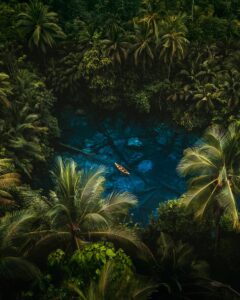
Tom Fähndrich (@tofenpics): Best of the Week 47 at #nomadict
Tom shares the journey behind his winning photography, from a passion for exploration and remote places to field lessons, composition choices, and color grading.
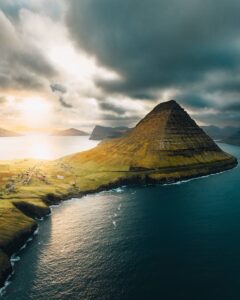
Photo tour in the Faroe Islands
Join us in the Faroe Islands for a unique photo tour, where you’ll elevate your creative skills with expert guidance from Ronald Soethje and Nomadict.
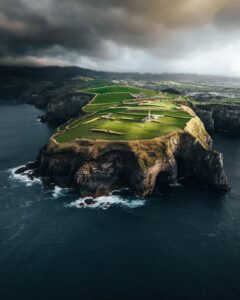
Photo tour in Azores, Portugal
Join us in the Azores for a unique photo tour, where you’ll elevate your creative skills with expert guidance from Ronald Soethje, Bruno Ázera, and Nomadict.
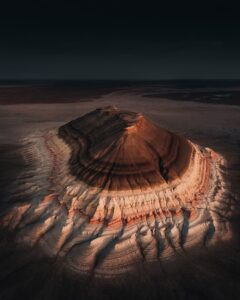
Forest Kai (@forest1kai): Photographer based in the US
In this article, Forest shares how years of chasing scale, silence, and raw landscapes shaped his approach to photography, from the deserts of Kazakhstan to the volcanic ridges of Iceland. He talks about how he uses light, texture, and vast negative space to create images that feel both intimate and overwhelming.
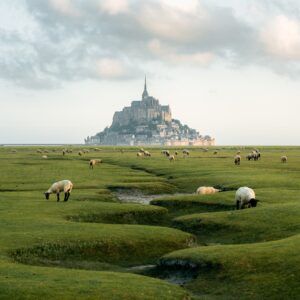
Simon Hechtbauer (@roamwithsimon): Best of the Week 32 at #nomadict
Simon shares the journey behind his photography, from early inspirations to field techniques, editing, and the story of the winning shot that shaped his path.

Miroslav Maršík (@miromarsik): Photographer based in Czech Republic
In this article, Miro shares how his love for cinematic music evolved into a deep passion for photography and how he uses light, color, and atmosphere to turn the streets of Prague into living film scenes.

Aurora photography panorama workflow: A guide to camera settings, editing, and color
In this article, Stefanie reveals how her background in physics sparked her passion for astrophotography and how she blends science with creativity to capture the beauty of the night sky. Readers will discover her approach to color, contrast, and editing, as well as her aurora photography workflow.

Yhabril (@yhabril): Best of the Week 33 at #nomadict
Spanish photographer Yhabril captures the profound connection between humans and the mountains that shaped him. Growing up in the Pyrenees, his work bridges outdoor sports, landscapes, and celestial scenes — often blending athletes, moonlight, and wilderness into striking visual stories.
